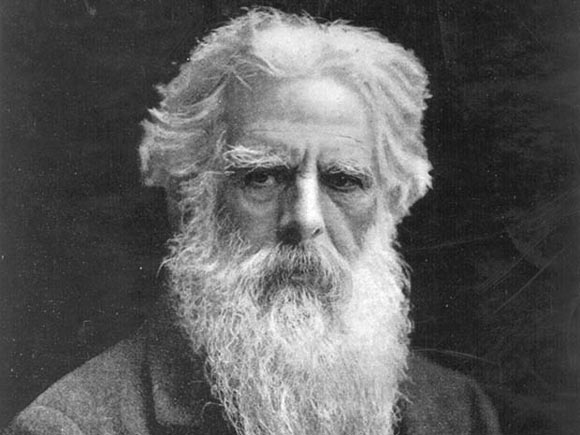Eadweard Muybridge invented “Film”
Edward James Muggeridge, famous as Eadward Muybridge was a British photographer who is well known for his work in motion-picture projection and photographic studies of motion. This man with an unconventional brain was born on April 9, 1830 in Thames, Surrey. He was a very ambitious and determined man and knew exactly what he wanted to do. He started his career as a bookseller in the New York City at a very young age after immigrating to the United States. He lived there like a common man until 1968, when his photograph capturing a valley in California made him world renowned.
This achievement was enough for him to be appointed as the Director of Photographic Surveys for the United States government. Leland Stanford, president Railroad, also contacted him to study and photograph the speed of a running horse. He wanted him to study if the horse has all four hooves off the ground at any point of time or not while racing. In Muybridge’s study published in 1872, the conclusion was established and it had reasonable domino effect. It took him another five years to study the human and animal locomotion. This study was presented to the world in 1877. This was one of the most important piece of work of Muybridge’s life. It was an elaborative collection of 781 plates that described human and their activities.
His persistent efforts and hard work with models of motion made him invent “zoopraxiscope”. This was the first ever camera shutter. It was a machine that illustrated a rapid sequence of images. During the mid 1880s Muybridge served in the University of Pennsylvania as a teacher and took many photographs of humans and animals in motion.
He was a self motivated man and reached to the heights of success through his eccentric and avant-garde behavior. His inquisitiveness to explore more through the eyes of the camera made him lay the foundation for the motion picture industry. He was a successful photographer and traveled a lot in accordance. His profession intruded with his personal life. His wife had an affair with this other man; Muybridge murdered him and shortly was exonerated on the decree of permissible shooting.
The father of the motion pictures, Eadweard Muybridge won many awards for his contribution to the photographic and imagery world. He was regarded in very high words by leading newspapers of that time. The Washington Post talked about its accomplishments by saying that “Muybridge showed the world how people and animals actually move and permanently altered our perception of time and space.”
He returned to England in the 1900 to spend the last years of his life in his home country. He was suffering from prostate cancer and four years after he returned to England he died on May 8, 1904 in Kingston.
